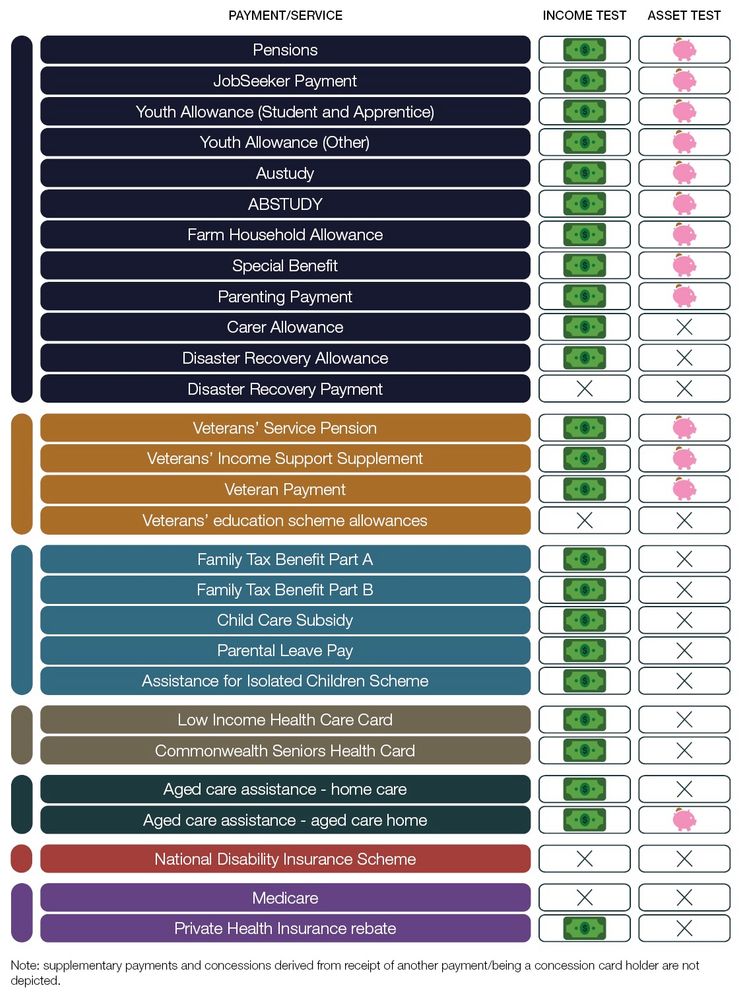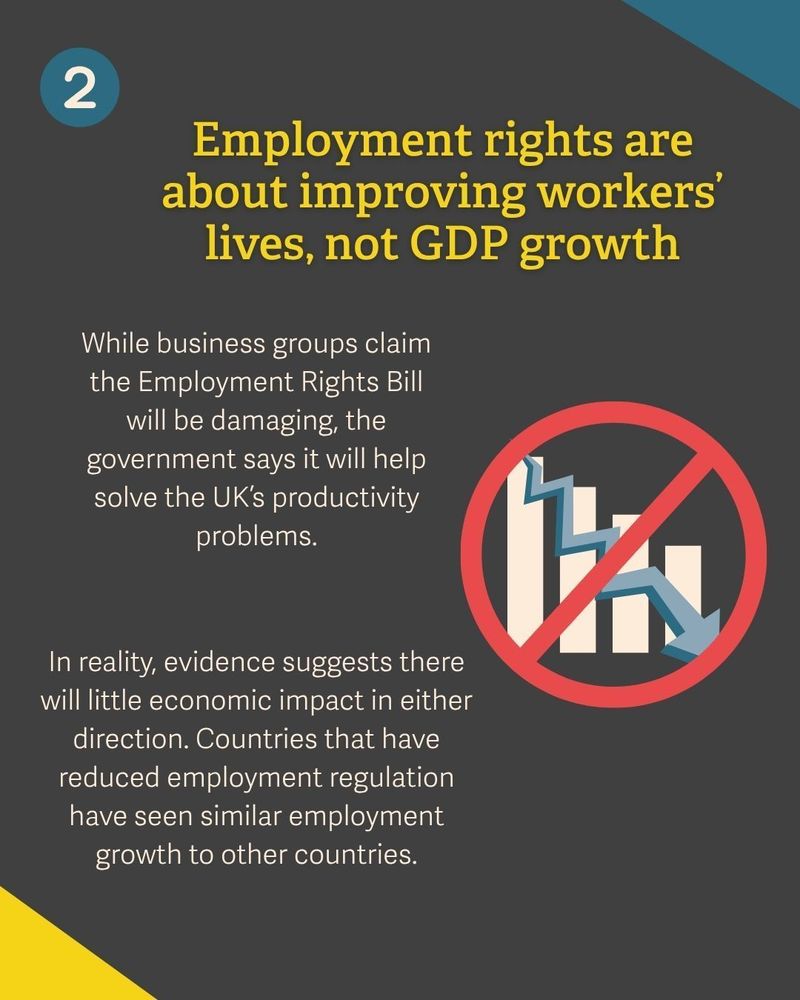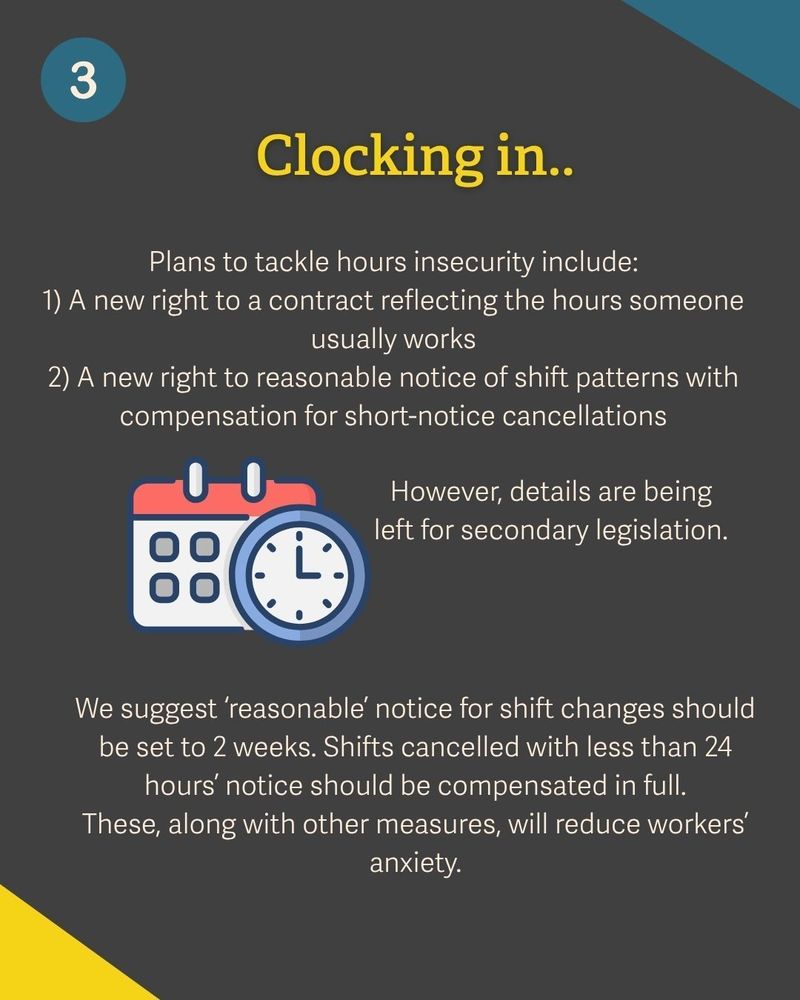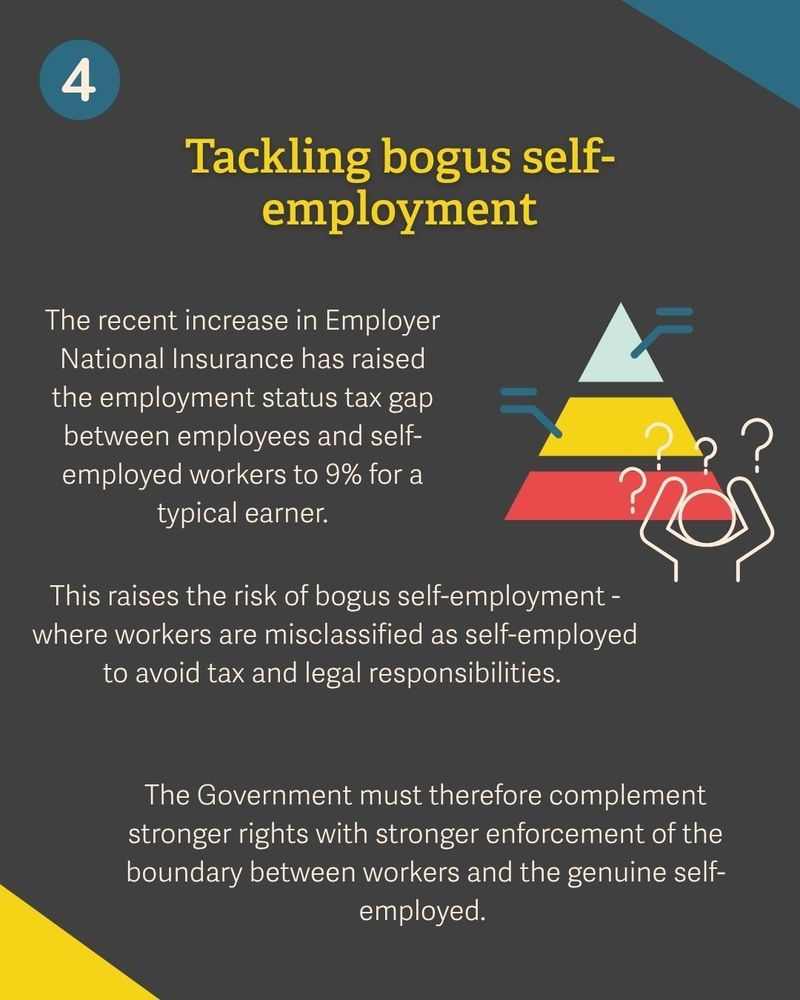SPA Employment policy group
@spaemploysocsec.bsky.social
90 followers
170 following
40 posts
We're the Social Policy Association's employment policy group. Account managed by Hayley Bennett. Group convened by Sioned Pearce, Ceri Hughes, and Levana Magnus
Posts
Media
Videos
Starter Packs
Pinned
Reposted by SPA Employment policy group
Reposted by SPA Employment policy group
Reposted by SPA Employment policy group
Reposted by SPA Employment policy group
Reposted by SPA Employment policy group
Reposted by SPA Employment policy group
Reposted by SPA Employment policy group
Reposted by SPA Employment policy group
Reposted by SPA Employment policy group
Reposted by SPA Employment policy group
Reposted by SPA Employment policy group
Louise Murphy
@louisemurphy.bsky.social
· Aug 26
Reposted by SPA Employment policy group
Anna Dent
@annadent.bsky.social
· Aug 27
Digital welfare state: origins, controversies, research — ABD Consultancy
How are governments worldwise using AI and other tech to administer the welfare state? Find out about research, policy and investigations into the digital welfare state, including digital surveillance...
www.abdconsultancy.co.uk
Reposted by SPA Employment policy group
Reposted by SPA Employment policy group
Reposted by SPA Employment policy group
Reposted by SPA Employment policy group
Reposted by SPA Employment policy group
Reposted by SPA Employment policy group
Reposted by SPA Employment policy group























